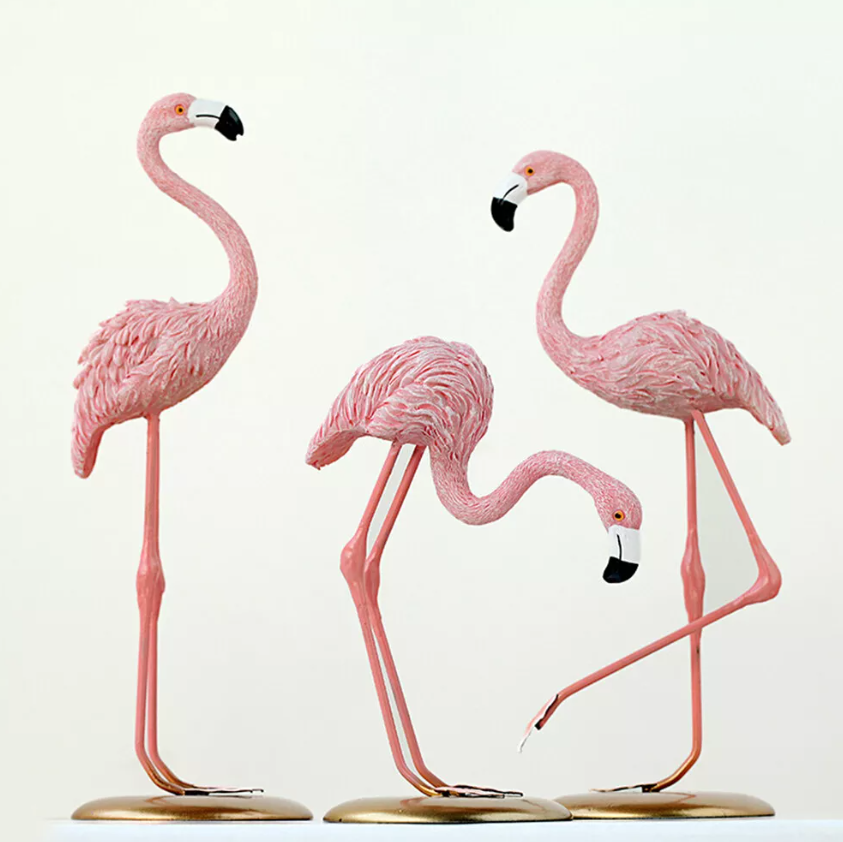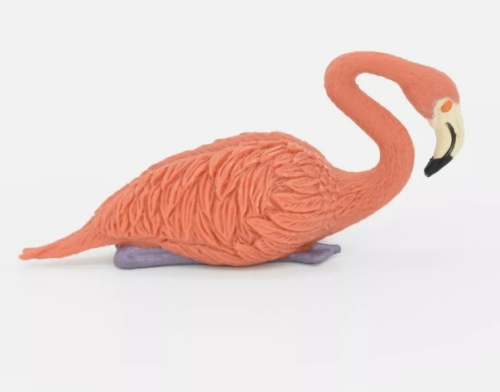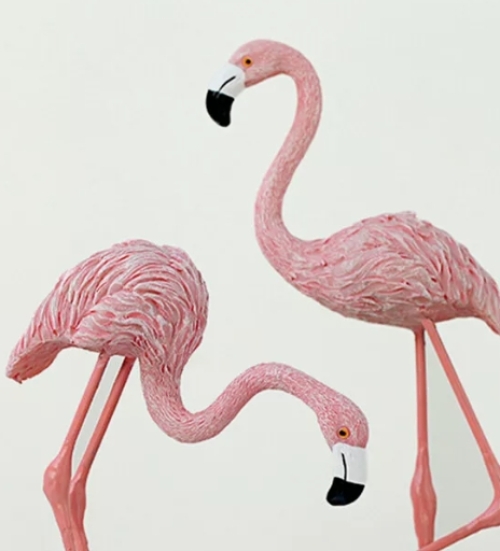A flamingo model is a tool for recreating the appearance and structure of a flamingo in detail and is widely used in scientific research, educational displays, and natural history collections. These models not only demonstrate the unique characteristics of flamingos, but also provide valuable data for studying their ecological behavior and biology.
The first step in making a flamingo model is to collect detailed anatomical data. Scientists and designers often document the skeleton, muscle and feather structure of flamingos through physical dissections, CT scans or three-dimensional imaging techniques. These data provide accurate scientific basis for the production of the model to ensure that the model can truly reproduce the characteristics of flamingos.
Next, designers used computer-aided design (CAD) software to create a three-dimensional model of the flamingo. The design process included detailed modeling of the flamingo's bones, muscles and feathers. In particular, the texture and color of the feathers are crucial to the accuracy of the model. Designers need to work with the subtle textures and gradient colors of flamingo feathers to make their appearance as realistic as possible. The models are usually made of high-quality plastic or resin materials that simulate the texture and gloss of feathers, ensuring the durability and aesthetics of the models.
Flamingo models help researchers understand the anatomy, locomotional mechanisms and ecological behavior of flamingos. By studying the models, scientists can reveal how flamingos adapt to their habitat and their role in the ecosystem.
In museums and educational institutions, flamingo models are used to teach biology and zoology. The model provides a visual presentation of the biological characteristics of flamingos, enhancing the understanding and interest of students and the public in this species.
As a natural history collection, the flamingo model showcases the beauty and uniqueness of the flamingo. It attracts














